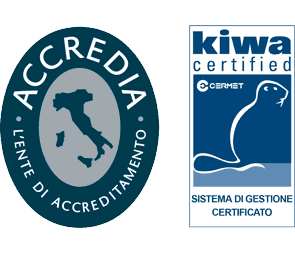Conservative dentistry is the area of dentistry that focuses on prevention and the treatment of dental hard tissue. Currently, this dental treatment mostly consists of fillings made from composite materials, with the advantage that they are imperceptible as they are the same colour as the tooth. A filling is described as aesthetic when it is difficult to see with the naked eye, therefore it must simulate the shape and colour characteristics of the patient’s natural teeth as much as possible.
WHEN WOULD YOU USE THIS TREATMENT?
Fillings are mostly required after the onset and successive removal of decay, or due to the occurrence of small fractures.
In particular, the decay process erodes the enamel and dentin of the tooth; therefore treatment requires the removal of the damaged part and the relative reconstruction of the remaining tooth.
Dental amalgam was once the material of choice for reconstructions; the substance is now only used in rare clinical situations.
Today, fillings are mostly made from composite material, which is highly aesthetic and modelled by the dentist in the tooth cavity to reconstruct the original anatomy and restore chewing function.
WHEN SHOULD A FILLING BE REPLACED WITH AN INLAY?
An inlay is an alternative to a composite filling and is a prosthetic device that fills the cavity created following the removal of damaged tissue.
Specifically, it enables the conservation of the remaining tooth part, replacing the damaged part with an aesthetic prosthesis, with excellent results both in terms of function and aesthetics.
Usually an inlay is advised in cases when more extensive parts of the tooth require reconstruction, as opposed to small cavities that can be reconstructed with an aesthetic filling.
HOW IS AN INLAY MADE?
To make an inlay, after removing damaged tooth tissue, the dentist must prepare the cavity and take a precise digital print which is then sent to a dental laboratory where the prosthesis is made.
Once ready, the dentist proceeds with “cementification”, using “adhesive” techniques to ensure the seamless application of the inlay onto the tooth.
Inlays can be made from different materials, such as composite or ceramic ones.
The advantages of this technique include high durability, biocompatibility and excellent protection of the remaining part of the tooth.
Ref. “Information from your dentist” – ANDI – 29th November 2017
For information and appointments contact us:
0742/679151
All our staff look forward to meeting you.




